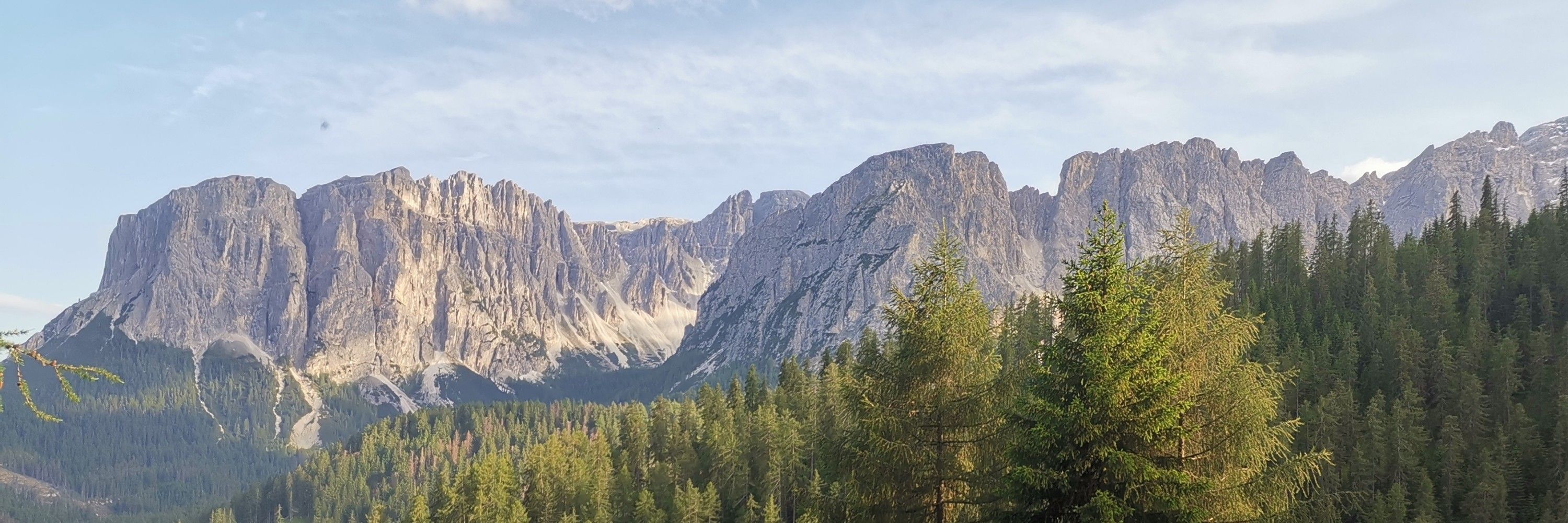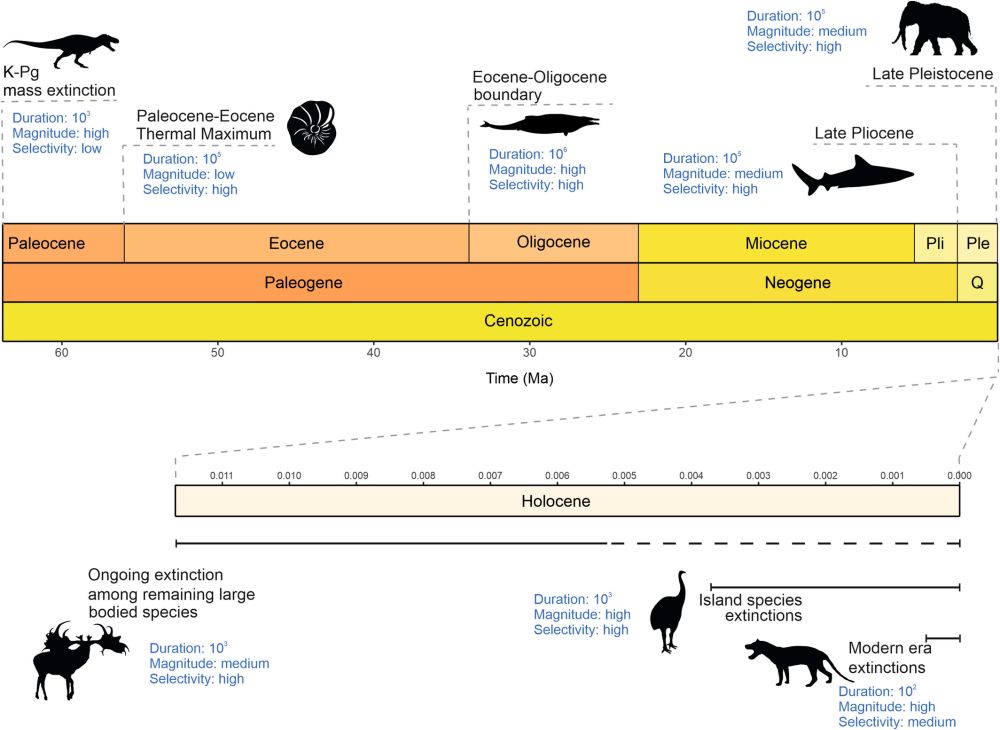
He/him

longest existing gastropod clade (Pleurotomariida) reconstructed with Bayesian and parsimony methods and its implications on gastropod shell characters" 🐚 authored by me, S. Höhna & A. Nützel is published 🥳
A long #MolluscMonday 🧵😎
doi.org/10.1080/1477...
#TidalFarce #SciArt #comic 🦑 more info about this critter -> tidalfarce.com/index.html?p...

#TidalFarce #SciArt #comic 🦑 more info about this critter -> tidalfarce.com/index.html?p...
Check out some amazing opportunities on our page! 🌍🔬
👉 palass.org/phd-opportun...
Have a PhD opportunity to share?
You can easily add it using the “Add a PhD Opportunity” button! 📝✨
#phd #phdlife #advertising #palass

Check out some amazing opportunities on our page! 🌍🔬
👉 palass.org/phd-opportun...
Have a PhD opportunity to share?
You can easily add it using the “Add a PhD Opportunity” button! 📝✨
#phd #phdlife #advertising #palass

amdunhill.co.uk/2025/11/17/n...

amdunhill.co.uk/2025/11/17/n...
@aubronectes.bsky.social Aubrey Roberts.
Learn more in this week's issue of Science: https://scim.ag/48bLsGI

@aubronectes.bsky.social Aubrey Roberts.

www.bristol.ac.uk/media-librar...
www.bristol.ac.uk/media-librar...




Turritella cooperi
Excluded: videos, John Oliver save PRI posts, pics of snails with lots od not snails.
BTW, donating to PRI is definitely in the realm of "save the snails", lots of snail history there, 1 mil+ 🐌specimens

Turritella cooperi
Excluded: videos, John Oliver save PRI posts, pics of snails with lots od not snails.
BTW, donating to PRI is definitely in the realm of "save the snails", lots of snail history there, 1 mil+ 🐌specimens




Explore a list of Masters Courses and take the next step toward uncovering Earth's ancient secrets! 🔍✨
If you coordinate a Masters course that you’d like to see listed, need to update existing information,[1/2]

Explore a list of Masters Courses and take the next step toward uncovering Earth's ancient secrets! 🔍✨
If you coordinate a Masters course that you’d like to see listed, need to update existing information,[1/2]





Photo: Amy Henrici

Photo: Amy Henrici
www.nature.com/articles/s41...

www.nature.com/articles/s41...
The 37-million-year-old discovery suggests fierce fecal competition drove some species to start eating flesh.
#Paleontology #FossilFriday
🧪🏺
New for @science.org

The 37-million-year-old discovery suggests fierce fecal competition drove some species to start eating flesh.
#Paleontology #FossilFriday
🧪🏺
New for @science.org

pubs.rsc.org/en/content/a...

pubs.rsc.org/en/content/a...

